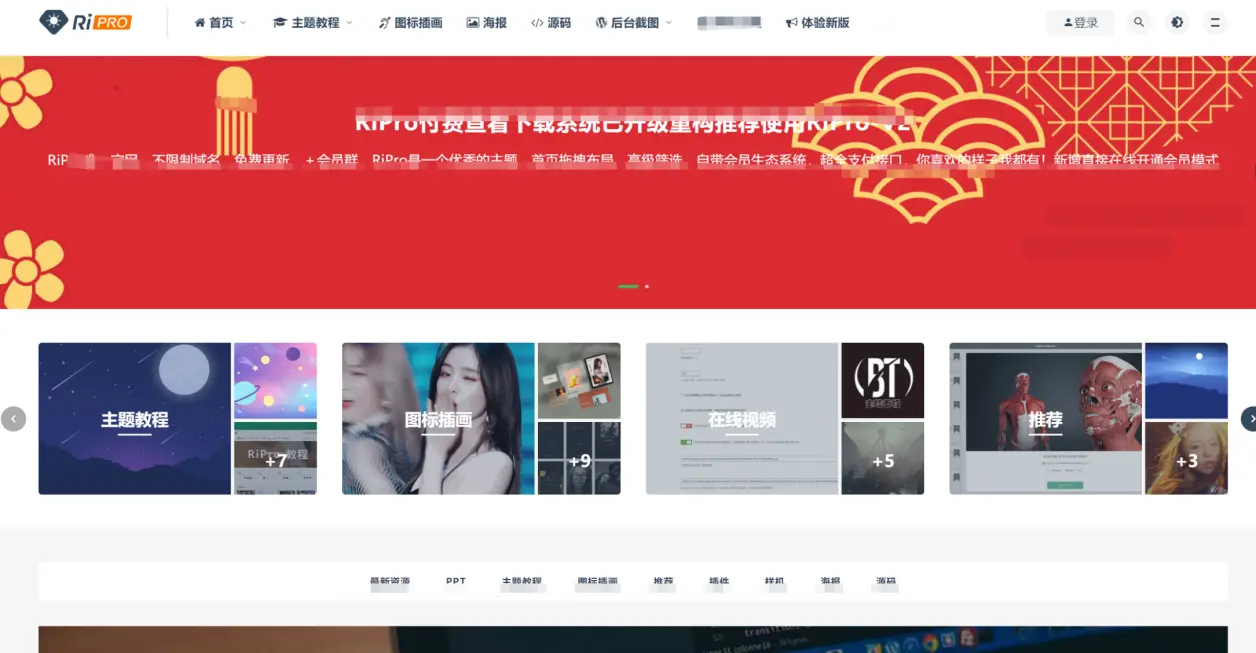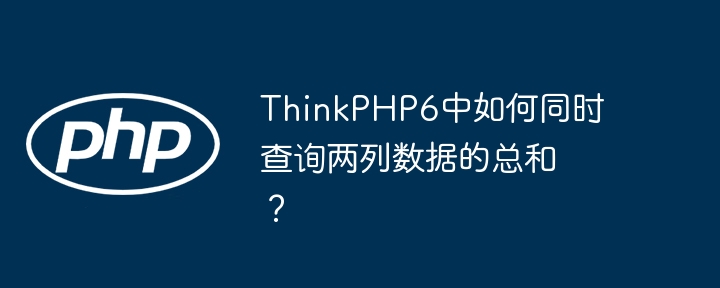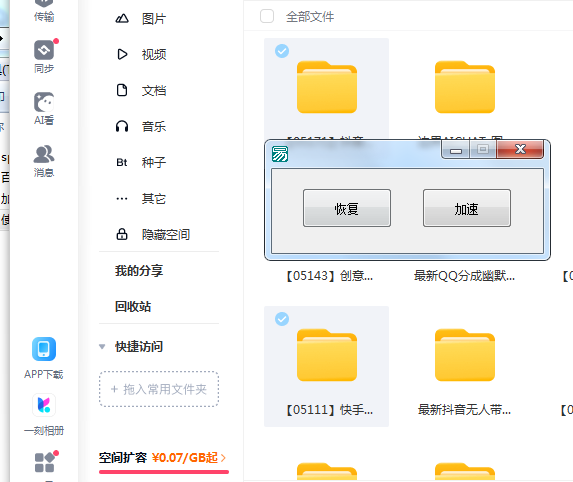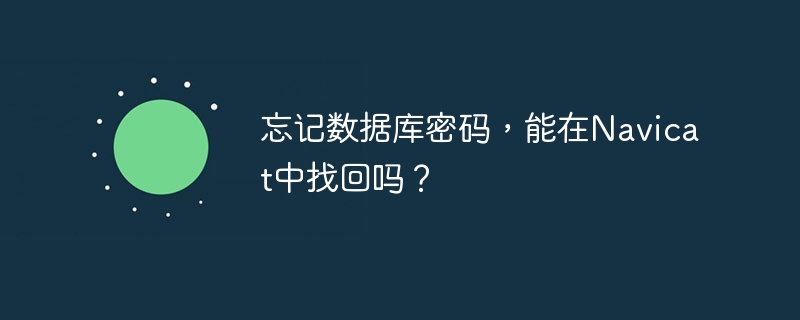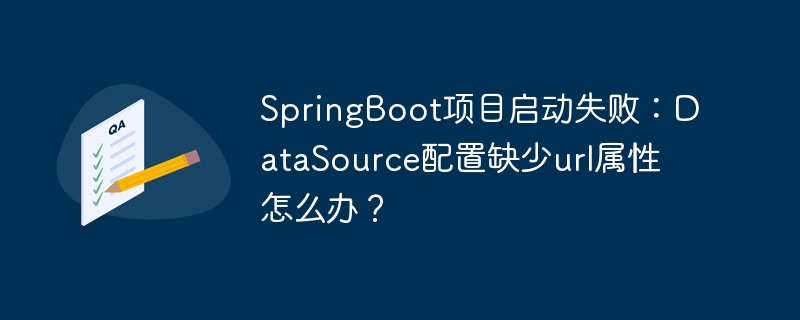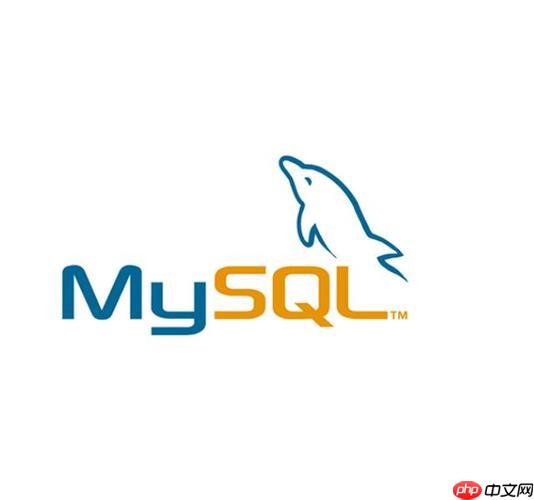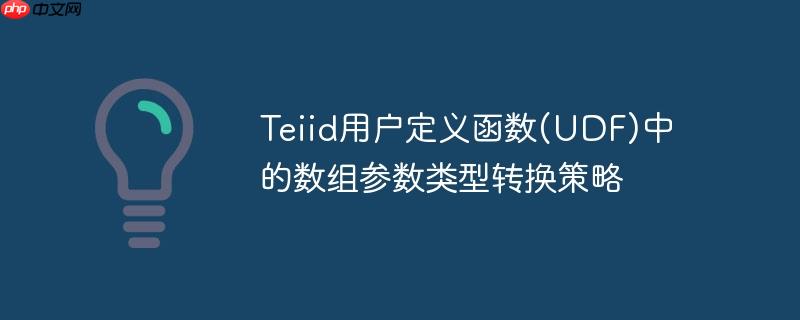
本文旨在解决Teiid用户定义函数(UDF)中常见的数组类型转换异常,即Java.lang.ClassCastException: org.teiid.core.types.ArrayImpl。当UDF期望接收原生Java数组(如double[])但Teiid运行时实际传递org.teiid.core.types.ArrayImpl对象时,会导致此错误。教程将详细介绍两种有效的解决方案:调整UDF方法签名以匹配Teiid内部类型,或在UDF内部显式处理ArrayImpl对象,确保数据正确转换和处理,从而提升Teiid UDF的健壮性和兼容性。
在teiid环境中开发用户定义函数(udf)时,开发者经常会遇到数据类型转换问题,尤其是在处理数组类型参数时。一个常见的错误是java.lang.classcastexception: org.teiid.core.types.arrayimpl cannot be cast to [d。这个异常表明,尽管udf的java方法签名期望接收一个原生java数组(例如double[]),但teiid运行时实际上将sql数组类型封装成其内部表示org.teiid.core.types.arrayimpl对象传递给了udf。由于arrayimpl并非double[]的子类或直接可转换类型,直接强制类型转换便会引发此错误。
为了有效解决这一问题,并确保Teiid UDF能够正确处理数组参数,我们提供以下两种策略。
策略一:调整UDF方法签名
最直接的解决方案是修改UDF的Java方法签名,使其与Teiid内部传递的实际类型org.teiid.core.types.ArrayImpl相匹配,或者使用更通用的Object类型,然后在方法内部进行安全的类型转换。
1. 将参数类型直接声明为 org.teiid.core.types.ArrayImpl
如果可以引入Teiid相关的依赖,并且希望类型更加明确,可以直接将UDF方法中的数组参数类型声明为org.teiid.core.types.ArrayImpl。
原始UDF方法片段示例:
public static Blob createSampleLogCurve(String indexType, String indexUnit, String curveName, String curveUnit, String curveDataType, Object depthArray, Object valueArray) throws BulkDataException, SQLException { // ... double[] depths = (double[])((double[])depthArray); // 导致 ClassCastException 的代码 // ... }
修改后的UDF方法片段示例:
import org.teiid.core.types.ArrayImpl; // 确保导入此包 import java.sql.SQLException; // 导入 SQLException public static Blob createSampleLogCurve(String indexType, String indexUnit, String curveName, String curveUnit, String curveDataType, ArrayImpl depthArray, ArrayImpl valueArray) throws SQLException { // ... // 现在可以直接处理 ArrayImpl 对象 Object[] depthsRaw = depthArray.getValues(); double[] depths = new double[depthsRaw.length]; for (int i = 0; i < depthsRaw.length; i++) { // Teiid通常将SQL的DOUBLE映射为Java的Double对象 if (depthsRaw[i] instanceof Double) { depths[i] = ((Double) depthsRaw[i]).doubleValue(); } else { throw new SQLException("Depth array element at index " + i + " is not a Double: " + (depthsRaw[i] != null ? depthsRaw[i].getClass().getName() : "null")); } } // 对 valueArray 进行类似处理,假设其元素为 Float Object[] valuesRaw = valueArray.getValues(); float[] values = new float[valuesRaw.length]; for (int i = 0; i < valuesRaw.length; i++) { if (valuesRaw[i] instanceof Float) { values[i] = ((Float) valuesRaw[i]).floatValue(); } else { throw new SQLException("Value array element at index " + i + " is not a Float: " + (valuesRaw[i] != null ? valuesRaw[i].getClass().getName() : "null")); } } // ... 使用 depths 和 values 进行后续操作 return null; // 示例返回 }
对应的DDL声明保持不变,因为Teiid会根据Java方法签名进行内部映射。
2. 将参数类型声明为 Object 或 Object[] (并进行内部检查)
如果不想直接依赖ArrayImpl类,或者为了更通用,可以将数组参数声明为Object或Object[],然后在方法内部进行类型检查和转换。
修改后的UDF方法片段示例(使用Object并进行检查):
import org.teiid.core.types.ArrayImpl; import java.sql.SQLException; public static Blob createSampleLogCurve(String indexType, String indexUnit, String curveName, String curveUnit, String curveDataType, Object depthArray, Object valueArray) throws SQLException { double[] depths = convertObjectToArray(depthArray, Double.class); float[] values = convertObjectToArray(valueArray, Float.class); // ... 使用 depths 和 values 进行后续操作 return null; // 示例返回 } // 辅助方法,用于将 Object 转换为指定类型的基本类型数组 private static <T> T[] convertObjectToArray(Object obj, Class<T> componentType) throws SQLException { if (obj == null) { return null; // 或抛出异常,取决于业务逻辑 } if (obj instanceof ArrayImpl) { ArrayImpl teiidArray = (ArrayImpl) obj; Object[] rawValues = teiidArray.getValues(); if (rawValues == null) { return null; } // 创建正确类型的数组 @SuppressWarnings("unchecked") T[] resultArray = (T[]) java.lang.reflect.Array.newInstance(componentType, rawValues.length); for (int i = 0; i < rawValues.length; i++) { if (rawValues[i] != null && componentType.isInstance(rawValues[i])) { resultArray[i] = componentType.cast(rawValues[i]); } else { throw new SQLException("Array element at index " + i + " is not of expected type " + componentType.getName() + ": " + (rawValues[i] != null ? rawValues[i].getClass().getName() : "null")); } } return resultArray; } else if (obj.getClass().isArray() && componentType.isPrimitive()) { // 理论上Teiid不会直接传递原生基本类型数组,但作为兼容性考虑 // 对于 double[] 或 float[] 等基本类型数组,需要特殊处理 if (componentType == Double.class && obj instanceof double[]) { double[] primitiveArray = (double[]) obj; Double[] wrapperArray = new Double[primitiveArray.length]; for (int i = 0; i < primitiveArray.length; i++) { wrapperArray[i] = primitiveArray[i]; } return (T[]) wrapperArray; } else if (componentType == Float.class && obj instanceof float[]) { float[] primitiveArray = (float[]) obj; Float[] wrapperArray = new Float[primitiveArray.length]; for (int i = 0; i < primitiveArray.length; i++) { wrapperArray[i] = primitiveArray[i]; } return (T[]) wrapperArray; } // ... 其他基本类型数组 } throw new SQLException("Unsupported type for array parameter: " + obj.getClass().getName()); }
注意: 上述convertObjectToArray辅助方法返回的是包装类数组(如Double[]),如果UDF内部仍需使用基本类型数组(如double[]),则需在调用该辅助方法后进行一次额外的转换。例如:
Double[] depthsWrapper = convertObjectToArray(depthArray, Double.class); double[] depths = new double[depthsWrapper.length]; for (int i = 0; i < depthsWrapper.length; i++) { depths[i] = depthsWrapper[i].doubleValue(); }
策略二:在UDF内部显式处理 ArrayImpl 对象
即使UDF方法签名被声明为Object或Object[],核心的处理逻辑仍然是在运行时判断传入对象是否为ArrayImpl,并从中提取实际的数组元素。这与策略一的第二种情况类似,但强调的是即使UDF的原始签名(例如Object depthArray)不变,也需要进行显式处理。
核心处理逻辑示例:
import org.teiid.core.types.ArrayImpl; import java.sql.SQLException; // 假设 depthArray 是传入的参数,类型为 Object public static Blob createSampleLogCurve(String indexType, String indexUnit, String curveName, String curveUnit, String curveDataType, Object depthArray, Object valueArray) throws SQLException { double[] depths; if (depthArray instanceof ArrayImpl) { ArrayImpl teiidArray = (ArrayImpl) depthArray; Object[] rawValues = teiidArray.getValues(); // 获取封装的原始值数组 if (rawValues == null) { depths = new double[0]; // 或根据需求处理空数组 } else { depths = new double[rawValues.length]; for (int i = 0; i < rawValues.length; i++) { // 假设Teiid将SQL的DOUBLE类型映射为Java的Double对象 if (rawValues[i] instanceof Double) { depths[i] = ((Double) rawValues[i]).doubleValue(); } else { throw new SQLException("Depth array element at index " + i + " is not a Double: " + (rawValues[i] != null ? rawValues[i].getClass().getName() : "null")); } } } } else { // 处理非 ArrayImpl 类型的情况,例如参数为空或类型错误 throw new SQLException("Expected an ArrayImpl object for depthArray, but received: " + (depthArray != null ? depthArray.getClass().getName() : "null")); } float[] values; if (valueArray instanceof ArrayImpl) { ArrayImpl teiidArray = (ArrayImpl) valueArray; Object[] rawValues = teiidArray.getValues(); if (rawValues == null) { values = new float[0]; } else { values = new float[rawValues.length]; for (int i = 0; i < rawValues.length; i++) { // 假设Teiid将SQL的FLOAT类型映射为Java的Float对象 if (rawValues[i] instanceof Float) { values[i] = ((Float) rawValues[i]).floatValue(); } else { throw new SQLException("Value array element at index " + i + " is not a Float: " + (rawValues[i] != null ? rawValues[i].getClass().getName() : "null")); } } } } else { throw new SQLException("Expected an ArrayImpl object for valueArray, but received: " + (valueArray != null ? valueArray.getClass().getName() : "null")); } // 现在可以使用 depths 和 values 数组进行后续操作 // ... return null; // 示例返回






